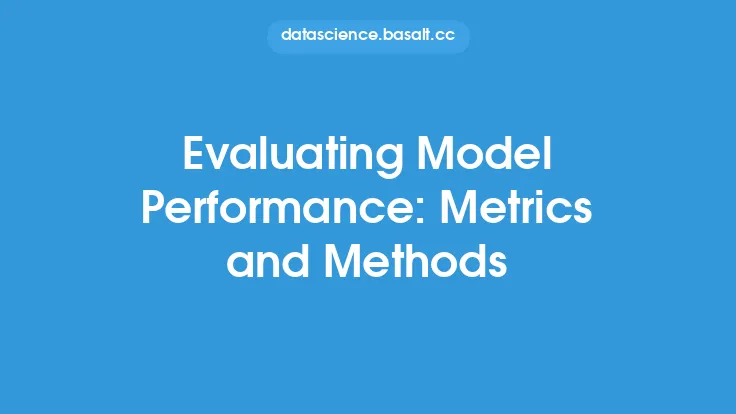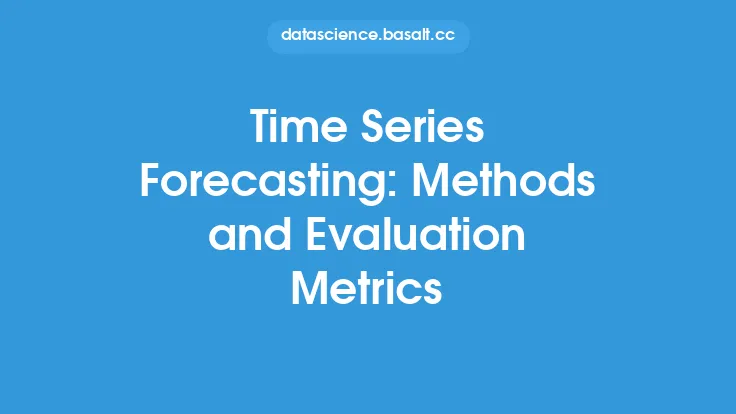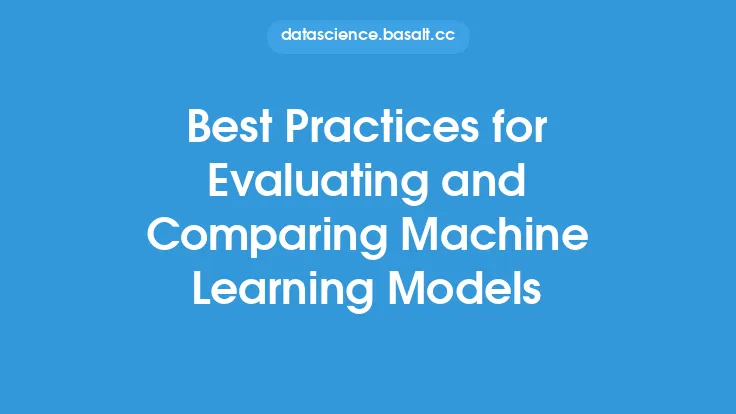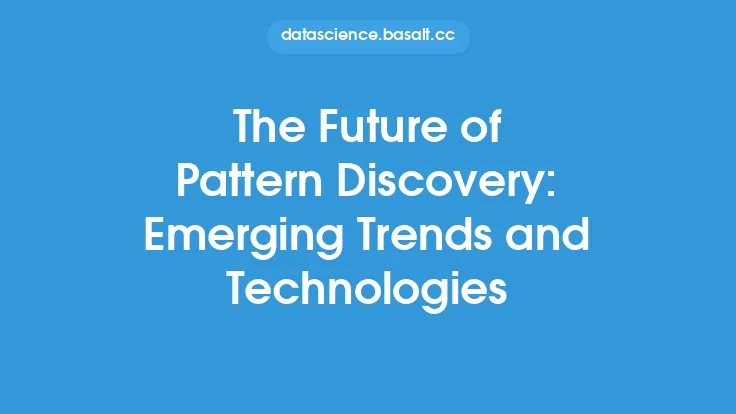Evaluating the effectiveness of pattern discovery models is a crucial step in the data mining process. It involves assessing the quality and relevance of the discovered patterns, as well as the performance of the algorithms used to discover them. In this article, we will delve into the metrics and methods used to evaluate pattern discovery models, providing a comprehensive overview of the key concepts and techniques involved.
Introduction to Evaluation Metrics
Evaluation metrics play a vital role in assessing the performance of pattern discovery models. These metrics provide a way to quantify the quality of the discovered patterns, allowing data miners to compare and contrast different models and algorithms. Some common evaluation metrics used in pattern discovery include precision, recall, F1-score, support, and confidence. Precision measures the proportion of true positives among all predicted positive instances, while recall measures the proportion of true positives among all actual positive instances. The F1-score is the harmonic mean of precision and recall, providing a balanced measure of both. Support and confidence are used to evaluate the relevance and reliability of the discovered patterns, with support measuring the proportion of instances that contain the pattern and confidence measuring the proportion of instances that contain the pattern among all instances that contain the antecedent.
Methods for Evaluating Pattern Discovery Models
There are several methods used to evaluate pattern discovery models, including holdout method, cross-validation, and bootstrapping. The holdout method involves splitting the available data into training and testing sets, with the model being trained on the training set and evaluated on the testing set. Cross-validation involves splitting the data into multiple folds, with the model being trained and evaluated on each fold in turn. Bootstrapping involves creating multiple resamples of the data, with the model being trained and evaluated on each resample. These methods provide a way to assess the performance of the model on unseen data, allowing data miners to estimate its ability to generalize to new instances.
Statistical Significance Testing
Statistical significance testing is used to determine whether the discovered patterns are statistically significant, or whether they are due to chance. This involves calculating the p-value, which represents the probability of observing the pattern (or a more extreme pattern) assuming that there is no underlying relationship between the variables. If the p-value is below a certain significance level (e.g. 0.05), the pattern is considered statistically significant. Statistical significance testing provides a way to filter out patterns that are not reliable, allowing data miners to focus on the most promising discoveries.
Evaluation of Pattern Discovery Algorithms
The evaluation of pattern discovery algorithms involves assessing their ability to discover relevant and reliable patterns. This can be done using metrics such as accuracy, precision, recall, and F1-score, as well as using methods such as holdout method, cross-validation, and bootstrapping. Additionally, data miners may use techniques such as feature selection and dimensionality reduction to improve the performance of the algorithm. The choice of algorithm will depend on the specific problem being addressed, as well as the characteristics of the data.
Handling Imbalanced Datasets
Imbalanced datasets, where one class has a significantly larger number of instances than the others, can pose a challenge for pattern discovery models. In such cases, traditional evaluation metrics such as accuracy may not provide a reliable measure of performance, as the model may be biased towards the majority class. To address this issue, data miners may use metrics such as precision, recall, and F1-score, which provide a more nuanced view of performance. Additionally, techniques such as oversampling the minority class, undersampling the majority class, or using class weights can be used to balance the dataset and improve the performance of the model.
Real-World Considerations
In real-world applications, the evaluation of pattern discovery models must take into account a range of practical considerations. These may include the cost of false positives and false negatives, the availability of data, and the computational resources required to train and deploy the model. Data miners must also consider the interpretability of the discovered patterns, as well as their potential impact on business decision-making. By taking a holistic approach to evaluation, data miners can ensure that their pattern discovery models are effective, efficient, and provide actionable insights.
Best Practices for Evaluation
Best practices for evaluating pattern discovery models include using a combination of metrics and methods to assess performance, considering the characteristics of the data and the specific problem being addressed, and using techniques such as feature selection and dimensionality reduction to improve the performance of the algorithm. Data miners should also consider the potential for overfitting and underfitting, and use techniques such as regularization and early stopping to prevent these issues. By following these best practices, data miners can ensure that their pattern discovery models are reliable, effective, and provide valuable insights into the data.
Future Directions
The evaluation of pattern discovery models is an active area of research, with new metrics and methods being developed to address the challenges of big data and complex datasets. Future directions may include the development of more robust and efficient algorithms, the integration of pattern discovery with other data mining techniques such as clustering and classification, and the application of pattern discovery to new domains such as text and image data. As the field continues to evolve, it is likely that new evaluation metrics and methods will be developed to address the changing needs of data miners and the increasing complexity of the data.





